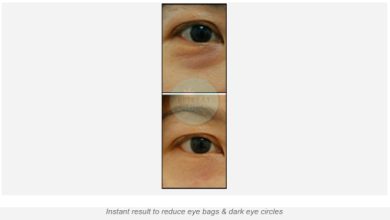Renting Near Public Transportation: Pros and Cons

When it comes to choosing the perfect apartment, one important factor to consider is its proximity to public transportation. Living near buses, trains, or subways can offer several advantages, but it also comes with its own set of drawbacks. In this article, we’ll explore the pros and cons of renting near public transportation to help you make an informed decision. If you’re currently searching for apartments for rent, you can start your housing journey there.
The Pros of Renting Near Public Transportation
1. Convenience
Living near public transportation provides unmatched convenience for daily commuters. You can skip the hassles of traffic and parking, and instead, enjoy a stress-free ride to work or other destinations.
2. Cost Savings
Owning a car comes with expenses like fuel, maintenance, insurance, and parking fees. Renting near public transportation allows you to save money by reducing or eliminating these costs.
3. Environmental Benefits
Choosing public transportation over driving helps reduce your carbon footprint. It’s an eco-friendly choice that contributes to a cleaner and more sustainable environment.
4. Accessibility
Public transportation often offers accessibility benefits for those with disabilities. Many stations and vehicles are equipped with ramps, elevators, and other features to assist individuals with mobility challenges.
5. Reduced Stress
Commuting by public transportation can be less stressful than dealing with traffic congestion and road rage. You can use your travel time more productively, such as reading, working, or relaxing.
6. Urban Exploration
Living near public transportation encourages urban exploration. You can easily visit new neighborhoods, attractions, and cultural events without the need for a car.
The Cons of Renting Near Public Transportation
1. Noise and Congestion
Proximity to public transportation hubs can mean dealing with noise from buses, trains, and crowds. This can be particularly bothersome if your apartment is located right next to a busy station.
2. Limited Privacy
Public transportation areas can be crowded, and you may encounter less privacy in and around your apartment. Pedestrians and commuters passing by might have a direct view into your living space.
3. Safety Concerns
Not all public transportation areas are equally safe. Some neighborhoods near transit stations may have higher crime rates, so it’s essential to research the safety of the area before renting.
4. Maintenance and Delays
Public transportation systems can experience delays and maintenance issues, which may impact your daily commute. It’s crucial to consider these potential disruptions in your schedule.
5. Limited Parking
If you own a car, living near public transportation may mean limited parking options or additional expenses for parking permits. Be prepared for potential parking challenges.
6. Higher Rent
Apartments located near public transportation hubs are often in high demand, leading to higher rent prices. You may need to budget accordingly to afford a prime location.
How to Decide: Pros vs. Cons
When deciding whether to rent near public transportation, consider the following factors:
1. Commute Frequency and Distance
Evaluate your daily commute frequency and distance. If you rely on public transportation for work or other essential activities, living nearby can significantly improve your quality of life.
2. Cost of Car Ownership
Compare the cost of owning a car (including purchase, maintenance, insurance, and fuel) with the expenses associated with renting near public transportation. Calculate the potential savings to determine if it’s financially beneficial.
3. Lifestyle Preferences
Consider your lifestyle preferences and tolerance for noise, congestion, and privacy. If you value convenience and urban exploration, the benefits of living near public transportation may outweigh the drawbacks.
4. Safety and Neighborhood
Research the safety and overall quality of the neighborhood near the public transportation hub. A safe and vibrant area can enhance your living experience.
5. Parking Needs
If you own a car, assess your parking needs. Ensure that the apartment provides suitable parking options or that you’re comfortable with potential parking challenges.
Conclusion
Renting near public transportation offers numerous benefits, including convenience, cost savings, and environmental advantages. It can simplify your daily commute and provide opportunities for urban exploration. However, it also comes with downsides such as noise, limited privacy, and potential safety concerns.
The decision to rent near public transportation should align with your lifestyle, budget, and priorities. Consider the pros and cons carefully, and research the specific location to ensure it meets your needs and expectations. With the right choice, you can enjoy the benefits of easy access to public transportation while maintaining a comfortable and enjoyable living environment.





